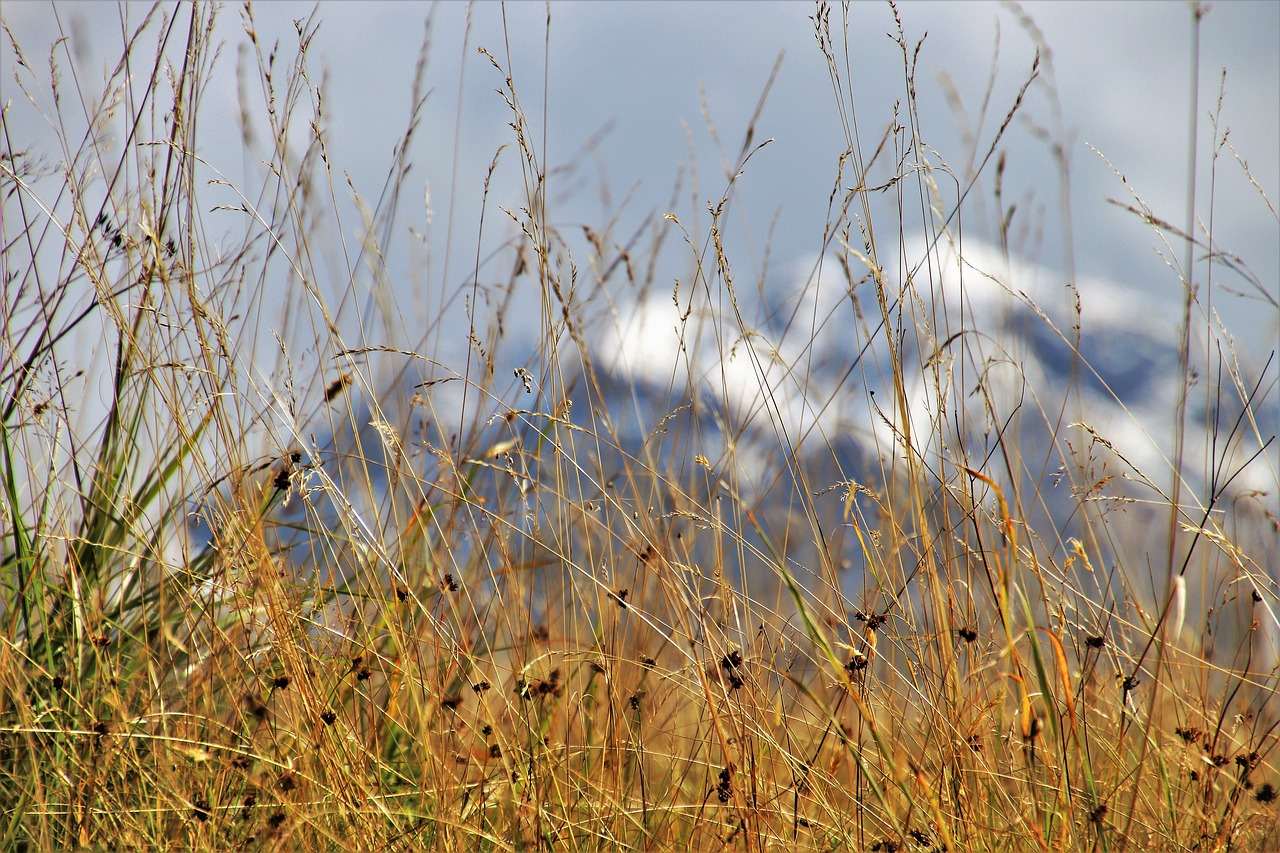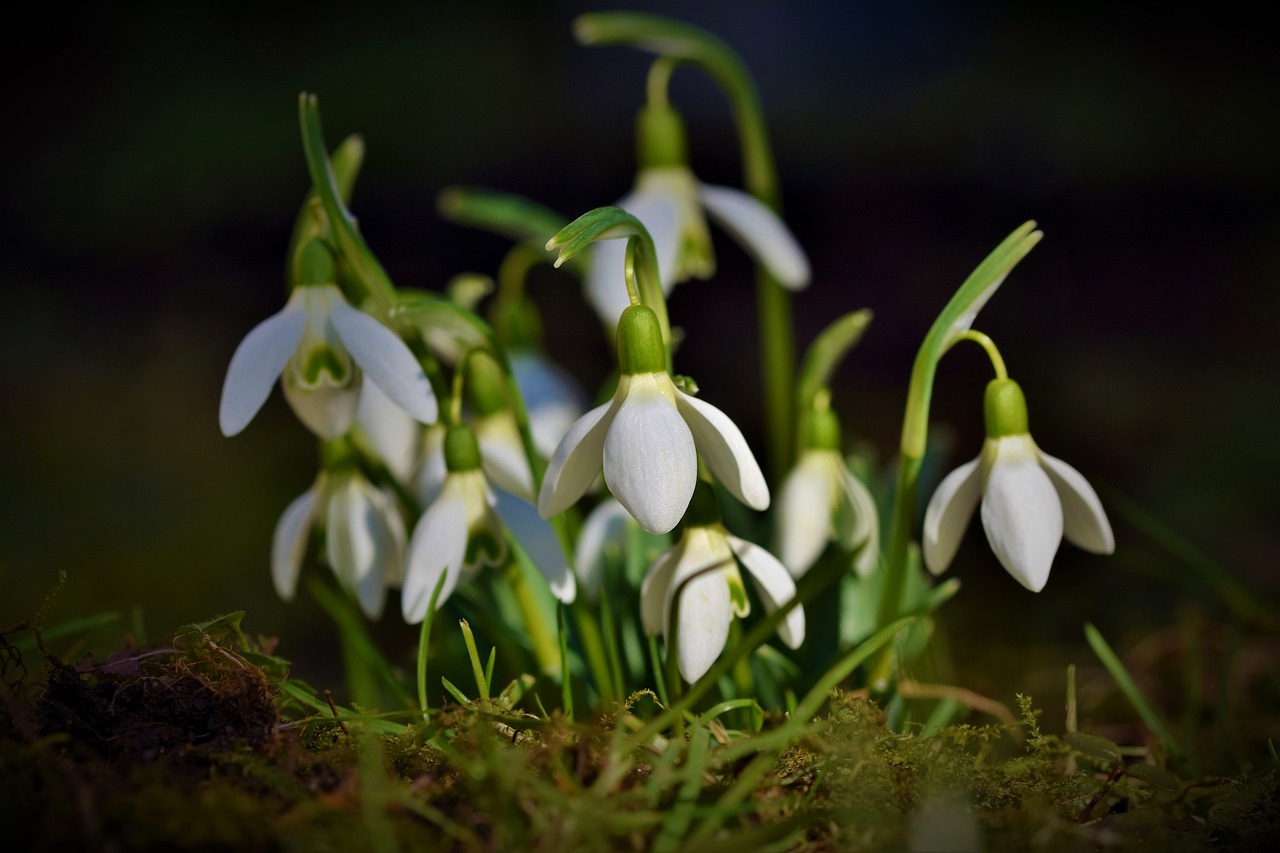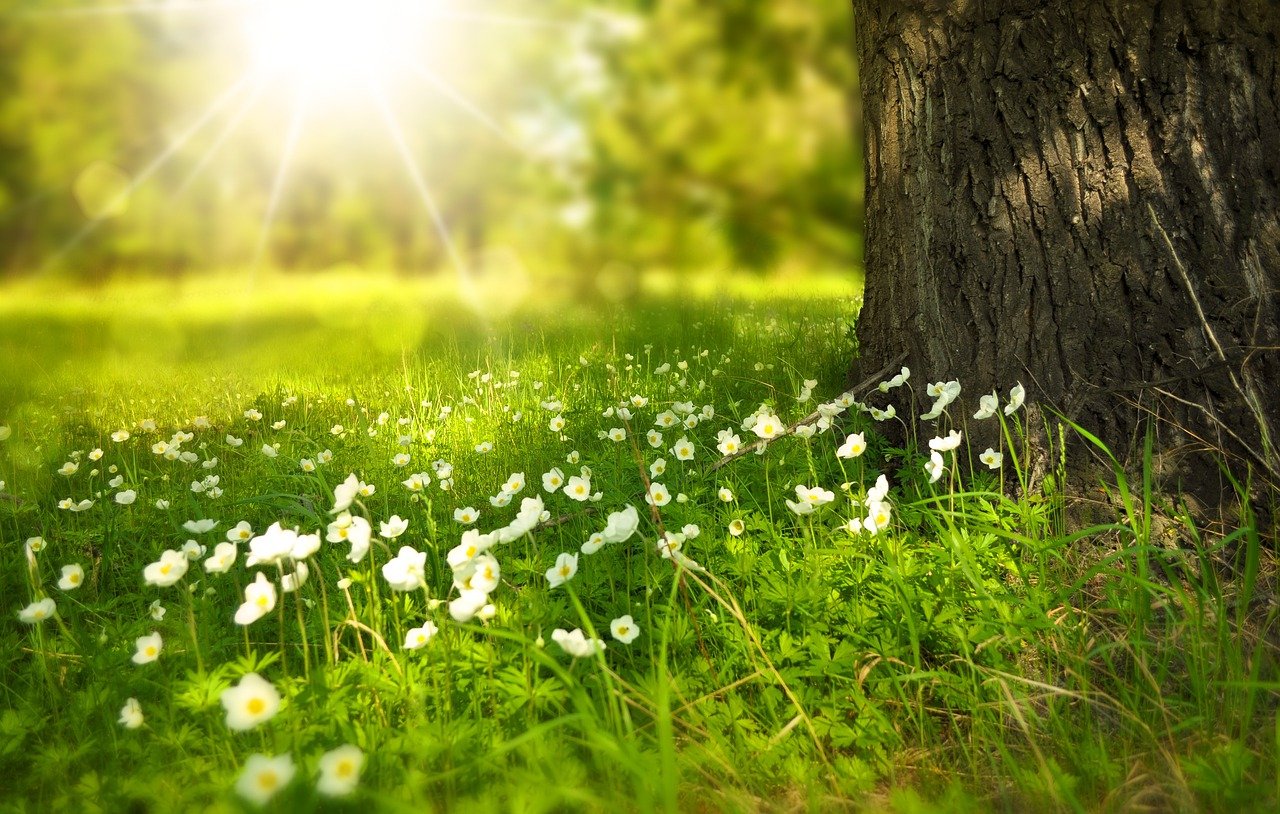We seem inclined to sow seeds too generously rather than too sparingly in order to ensure full rows without vacant spots. When germination conditions are not the best, as for instance a crusted surface over the seedbed, the seeds find that in number there is strength.
Together they are able to push through the soil when individual seeds would find it almost impossible.
The result is that often the plants are crowded. The only way they can grow is up and they soon become alarmingly leggy and spindling. When forced to compete for moisture; plant food and sun they become stunted in growth.
When root crops such as beets or carrots are squeezed like sardines in a can, the roots remain small and misshapen. The same deformities occur when tuberous rooted flowering plants such as Mertensia virginica or platycodon are pressed for space in which to expand.
The rows must be thinned in order to have space in which the plants can grow normally and develop into beautiful specimens. Thinning is the process of pulling out or removing the surplus seedling plants.
Unless the soil is very sandy and well-drained, one should not undertake such work while the soil is wet or it will become hard and packed when walked on. Neither should the plants be wet from rain or dew because moist foliage provides ideal conditions for scattering vexing fungus diseases.

Ideally, the soil should be somewhat moist. A cloudy day is advisable, or the work can be done toward evening. The younger the plants are the less root disturbance there will be to the plants left in the row.
In the case of most flowering plants, the weakest seedlings are pulled, leaving the best plants to grow.
The space to be left between plants varies according to the habit of growth. A rough but not infallible rule is one-half the ultimate height.
This is about right for such things as zinnias, snapdragons, and marigolds. Using that rule for low growing plants such as sweet alyssum or pansies would be spacing them much too close.
And for such vegetables as sweet corn, beets, and onions, they would be spaced too far apart. It is also a thoroughly unreliable rule for spacing vine crops such as cucumber and squash.
Thinning may be started just as soon as seedlings are well up, but until they have made their true leaves, they cannot be reset successfully if the plants are not to be discarded.
Thinning should always be done before the plants crowd each other and grow leggy because of lack of space, light and air.
When the thinning has been completed, especially if a great many plants had to be removed and there was root disturbance to those remaining, water the rows well and apply a mulch.
If the work must be done on a hot, windy day and the remaining plants are good sized, it may be necessary to shade them or put them in a window box in some way for a day or two. lf one knows there will be considerable root disturbance. it is sometimes better to cut out the unnecessary plants instead of pulling them.
Except with such things as poppies (which are almost impossible to reset successfully), the thinnings can be transplanted to other rows or other parts of the garden, or given to someone who has need of them.
Vegetable thinnings can often be utilized if they can be left until of usable size. Young beets can be used as greens. The largest onions can be pulled from time to time as needed until just the right number remains in the rows. Small carrots can be eaten or canned. Head lettuce thinnings can be placed in plastic bags in the refrigerator and used as leaf lettuce.
Sometimes one thinning is all that is necessary, especially with ornamental plants; but with vegetables such as carrots and onions, several thinnings are better, using what we can as food. It also gives a margin of safety should there be any loss from some cause among the remaining plants.







